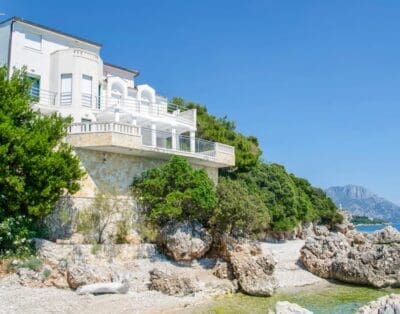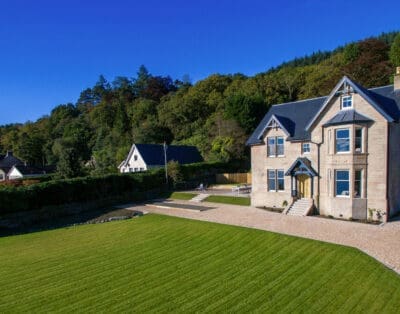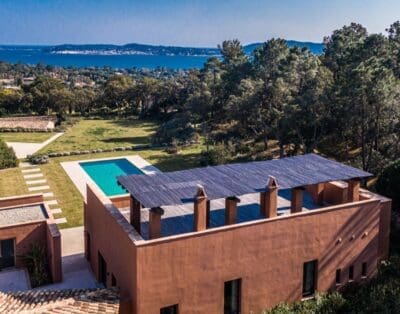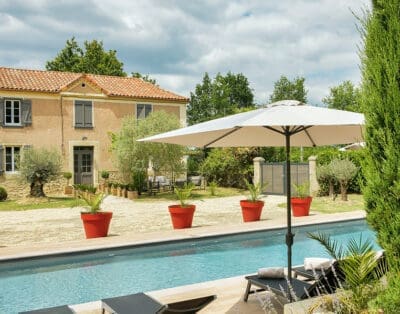Guildford-What’s in a name?
Yellow Metal – Water Crossing.
Perhaps not the most prestigious sounding of names; it sounds as though it could belong to a township in America’s sun-drenched south west, perhaps home to the ancestors of those who arrived from all over, desperate to seek their fortune in the famous Gold Rush of the mid-19th century.
Now that I have conjured up images of Ol’ Pappy skipping excitedly from one foot to the other shouting, “I found me sum gawld an’ Imma gunna get me rich!” I shall instead bring you home to the rolling hills of Surrey. Yellow Metal–Water Crossing is, in fact, the modern day translation for the name of the beautiful and historic Guildford.
Guildford is the picturesque county town of Surrey. A town with a royal hospital, university and colleges, a cathedral, a football club, a thriving economy and cosmopolitan population. Dissected not only by the Old Way or as some prefer to call it, Pilgrims Way, but also by the meandering River Wey. Archaeological evidence dates the ridge being used as road from 500-450BC but may have been used a causeway since the Stone Age. The ridge was most likely used as a “natural causeway” to avoid the sticky clay on the low lying ground. As such the river created the perfect place to settle, having carved its way through the hard chalky ridge it had provided a natural crossing, protection from the elements and of course, food and water. Where better for a weary traveller to rest his limbs?
The name of the town has been subject to many theories over the years, some logical but albeit flawed and some just plain fanciful and romantic. Here is a small guide to the myths, the legends and the most likely explanation to how this friendly “mini city in the sticks” came about its name.
Many a Guildfordian is under the misguided impression the origin of the town’s name lay with commerce (Guild by the Ford). This idea originates from the 19th century and was given official blessing by the town mayor as late as 1933. This theory is now hotly disputed; common sense dictates the original hamlet would have been named long before a community of traders had established themselves. There is evidence of the name Guildown being attached to the area that climbs from the River Wey to the crest of the Hog’s Back that pre-dates the township.
Other suggestions have included a slightly far-fetched theory. This theory claims the Guild part comes from an ancient name given to the River Wey, “Guilou” (there are also known variants). It was said that the river lost its original identity owing to the nature of the track running through it. The township, however, retained the appellative.
The first time the town appears to have been mentioned in documents was in the will of King Alfred the Great during the tenth century – “ To Ethelwald, my brother’s son, I bequeath the manor at Godalming and at Gyldeford and at Steyning”. The town is entered in the Domesday Book of 1086 as Geldeford and Gildeford (listed as belonging to King William the Conqueror who officially held 75 hagæ wherein 175 homages’ lived and the town rendered £32), as well as appearing in an eleventh century document as Guldeford. The town appears again, albeit rather briefly, during the fifteenth century as part of Sir Thomas Malory’s recounting of old legends Le Morte d’Arthur (1485). By all accounts, according to Malory, due to the presence of the King, Sir Lancelot came “to Astolat, that is Gilford”. Now that I have you daydreaming again, this time about Sir Lancelot and Guinevere, I should probably be kind and awaken you. Fun as it is to imagine King Arthur’s Round Table holding council in the pub garden of the Astolat public house, Old Palace Road, there is absolutely no archaeological evidence to substantiate this claim – bit of a shame really.
The various spellings of Guildford through the ages further disprove the “Guild on the River” theory. The word guild dates from the middle-ages and has been spelt in numerous ways over the centuries, there is, however, no evidence of it having been spelt Gylde, Gulde, Gelde nor Gil. The true origin of the town name (or at least the theory that is generally now accepted) is beautifully simplistic, I even hinted at the beginning of the article – gold, the glorious, precious metal with the all-powerful ability to make a poor man rich, and a rich man King. A metal held in such high esteem, whenever we come across anything beautiful and aureate in nature, we are sycophantic in our descriptions. The original Saxon settlers of Yellow Metal – Water Crossing obviously found the colour of the river bed and the marigolds that flourished beside it beautiful, they must have it seen it as beautiful, as they correctly named it “Gyldeforda” – Goldenford. Good name pilgrims.
I’ll leave you with a nice little “did you know”………..The name Surrey is said to derive from the Saxon term Sutheridge, thought to mean “Region (or Ridge) to the south of the River Thames” or more simply “South Region”.







